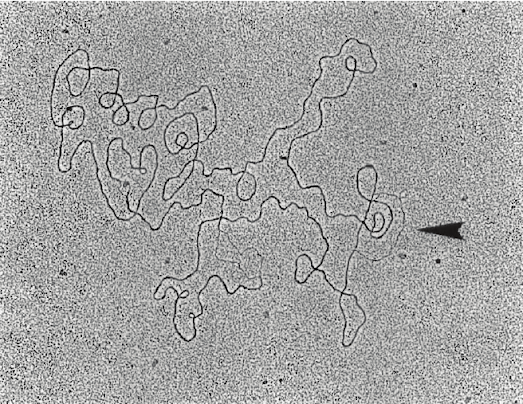Resisting Change
Evolution is something we grow up learning about, along side mutations. Of course the first thing that is made clear, is that these are not willed about by the organism, but rather occur due to chance. Well researchers have made a new discovery that sheds light on how these mutations might happen in bacterial DNA.
Bacteria has been known to develop resistances to a great number of antibiotics, and become a great pain to deal with, but now we can make plans to counter that resistance. This new discovery has found that when a bacterial cell develops a resistance, is is stored in something called the integron system, where resistances are stored to be shared later after the DNA is edited by recombinases. Alongside that, the mechanism in which the DNA is copied and pasted has had some rules attached to it. The effectiveness of the resistance, as well as if it even sticks after being recombined, is determined by the binding strength of the complexes that join the protein and DNA. Those with the strongest binding are the fastest to gain resistances. This can be attributed to the fact that if DNA is weak and has to be recombined repeatedly, it is going to take longer and be less effective compared to one that only has to form once. I believe this will lead us down a path of stripping these resistances to antibiotics away from the bacteria, making the treatment of bacterial diseases more manageable. This research should also give us and idea of how to better interact with bacterial cells to insert plasmids, among other things. I believe we will be hearing more from this lab in the coming years.

No comments:
Post a Comment